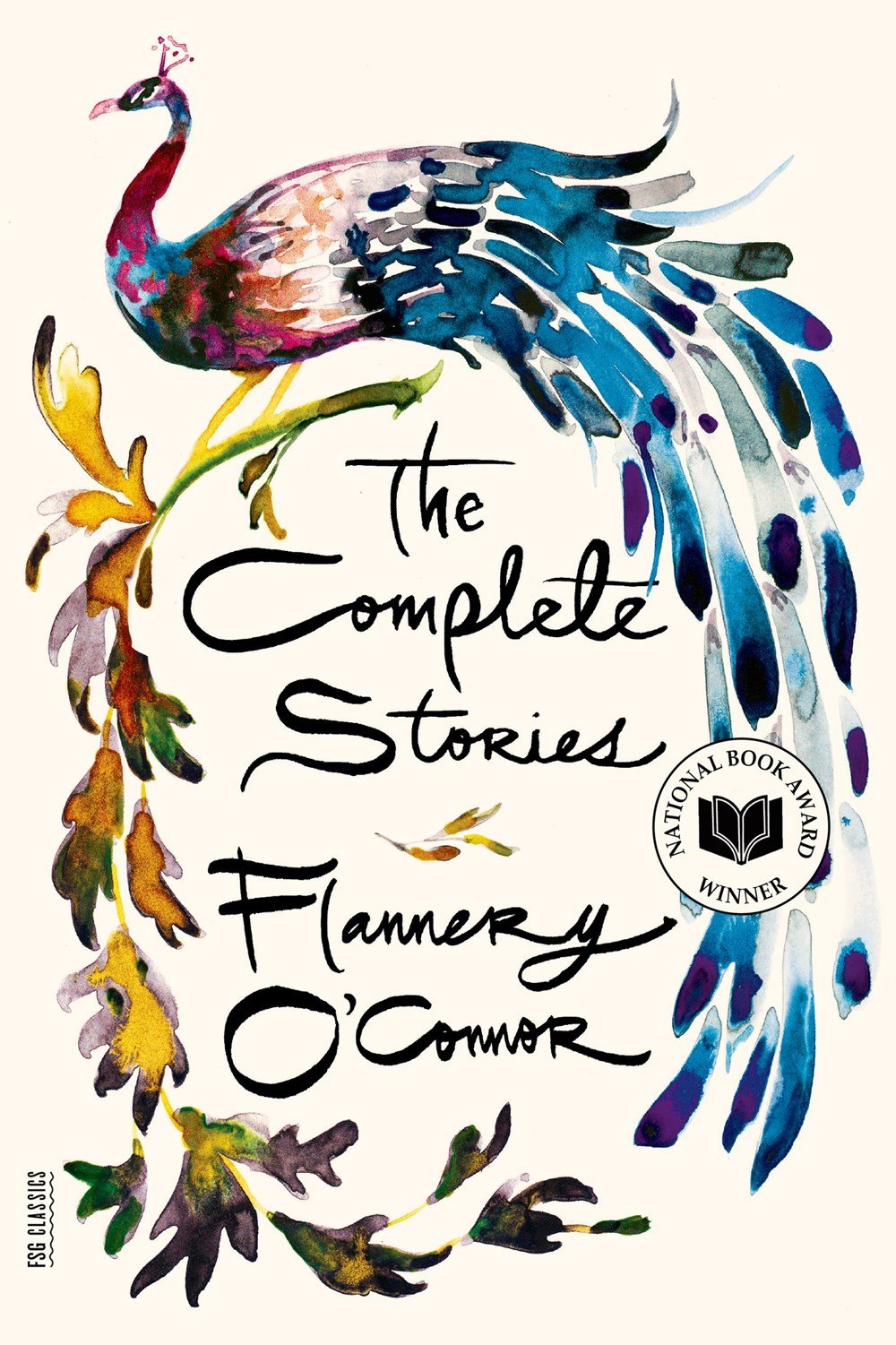
Katie Fitzgerald offers tips for appreciating Flannery O’Connor’s writing.
Flannery O'Connor, whose birthday is this month on the Solemnity of the Annunciation, is one of the most unapologetically Catholic writers of the modern era. Her works are also among the most intimidating. If you've been longing to connect with this great Catholic writer but haven't quite been able to figure out where to start, I can help! I first discovered Flannery in high school, and then went on to write my college English thesis on her novel, Wise Blood. I have read even more of her work since then, and my experience has led me to a series of tips for appreciating her writings.
First, I would recommend that you start by reading several of her shorter pieces together. Flannery's vision for her work is complex, and it is not necessarily captured in full by just one short story or one essay. The best way to get a sense of her writing style, themes, and overall worldview is to select a few different pieces to read and then compare and contrast them. I find that her letters and essays (collected in The Habit of Being and Mystery and Manners, respectively) give a great foundation for knowing how to interpret her stories. Once you understand her methods, it becomes easier to see where her fiction is trying to lead you. It is also true that some of her stories are more difficult to grasp than others. If you have difficulty connecting with one story, you might more readily enjoy another.
Next, I think it's important to realize that while Flannery’s stories are informed by Catholic teaching, not all of them fit into a perfect allegory. If you try to make sense of every word and seek to find the symbolism behind every character, event, and bit of dialogue, you will completely miss the forest for the trees. Flannery herself didn't even intend every single word in every story to have a hidden meaning. When Georgetown University students asked her to explain the significance of a certain character's hat, her witty reply was, "Its significance is to cover his head."
It's also important to know that Flannery often doesn't include any likable or relatable characters in her stories. Rather, the characters are caricatures of certain types of people that she uses to illustrate what she identifies as the non-Catholic world's ills. Rather than trying to sympathize with unlikable characters, it’s more fruitful to try to identify Flannery’s point of view and focus on that. In these stories, you are very much laughing at these characters, not with them, and the more you align yourself with Flannery’s worldview and sense of humor, the easier it becomes to interpret her writing.
Finally, the ultimate key to unlocking the meaning of Flannery O'Connor's stories is to look for "moments of grace." These are the disturbing, violent, or unsettling points in the stories in which her characters lose everything, forcing them to face the truth of their lives because there is nothing else left. Some readers have trouble with these moments, but Flannery explains them as follows:
"I have found that violence is strangely capable of returning my characters to reality and preparing them to accept their moment of grace. Their heads are so hard that almost nothing else will work."
Though they can seem gratuitous without the proper context, these "moments of grace" are really only as violent and disturbing as Flannery’s characters are stubborn.

Flannery’s writing is challenging but worth the extra effort to understand her message. If you're ready to give her a shot, I suggest starting with the short stories "A Good Man is Hard to Find" and "Good Country People," along with the essay "The Catholic Novelist in the Protestant South."
Copyright 2021 Katie Fitzgerald
Image: Canva Pro
About the Author

Katie Fitzgerald
Katie Fitzgerald is a former children's librarian turned homeschooling mom. She and her librarian husband live in Maryland with their five children: three big sisters and a set of boy/girl twins. She blogs about homeschooling and reading at ReadAtHomeMom.com and writes short fiction, some of which appears in online magazines and print anthologies. Connect with her on Instagram @katiefitzstories.


.png?width=1806&height=731&name=CatholicMom_hcfm_logo1_pos_871c_2728c%20(002).png)
Comments